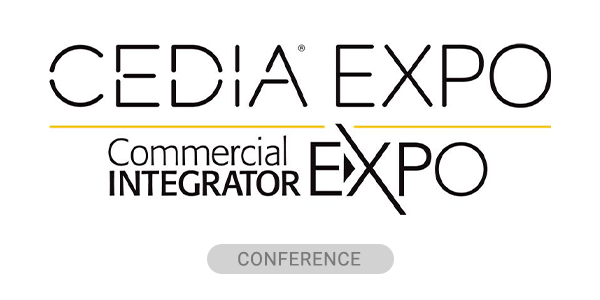It remains a long shot, says Hancock, since many projects on Antarctica are research-based and those conducting the research are looking for the equipment to be donated rather than permanently installed.
“If it’s complex in some way — where it’s at, the functionality, etc. — that’s what we excel at,” says Hancock.
Changing with the Times
While Mechdyne was once primarily known for its work on immersive installations, today software development, managed and technical services, and custom projects account for approximately half of its business. Mechdyne has its own software department, which includes a focus on the convergence of AV and IT, including middleware and AV distribution through software for access and authority.
“We like to solve business problems,” says Hancock. “If there’s something that doesn’t exist, we try to make it exist. If it’s critical to customers in time frame or delivery method, that’s what we specialize in.”
Hancock has watched the AV industry undergo rapid changes in recent years, including increasing reliance on mobile technology, changes to how customers display information and a move into the IT world, which has brought about “a completely different look at things. There have been so many changes to the structure of the industry.”
“We don’t work in the IT space but we’re definitely at the intersection,” says Hancock. “We help people use and see information. We’ve never sold boxes. We help our customers find the solutions they need. If they say they want a particular piece of equipment, we ask them why before we say we’ll install it.”
Mechdyne’s customers run the gamut in terms of their knowledge of types of technology and the solutions they want, but “it’s easy for people to be well-informed today,” says Hancock. That’s a good thing for the company because it means the customer will be more vested in the solution they create for them.
The company is increasing its focus on customer ROI, says Hancock. Capitalizing on strong customer partnerships is how the company believes it will grow in both size and scope as it nears its 20th anniversary. That doesn’t necessarily mean Mechdyne is solely focused on finding more customers; it’s more about finding more ways to help both new and existing customers.
“We’re looking to apply our skills to more of our customers’ problems,” he says. Service contracts, a space where the company has worked since 1999, continue to be an area of potential growth potential for Mechdyne, says Hancock. “The biggest thing they provide is a happy customer,” he says. “It’s hard to give them ROI if you provide integration and then just walk away.”
About one-third of Mechdyne’s staff is involved with managed services, with many of them on customer sites on longterm contracts. More than 20 percent of Mechdyne’s revenues are managed service contracts, and Hancock expects that to increase in the next 12 months and beyond.
“Technology changes quickly,” says Hancock. “People want to be able to use it well.” Having employees who go through certification and training regularly “gives customers a level of assurance we’re credible,” he says.
Mechdyne’s career ladder spells out the types of training and certification an employee must have to be able to pursue opportunities for advancement within the company. What about those who aren’t looking to move up the corporate ladder?
“If you’re not looking to learn and make yourself better,” says Hancock, “you’re probably not the type of person we’re going to want to have working here for too long.”













